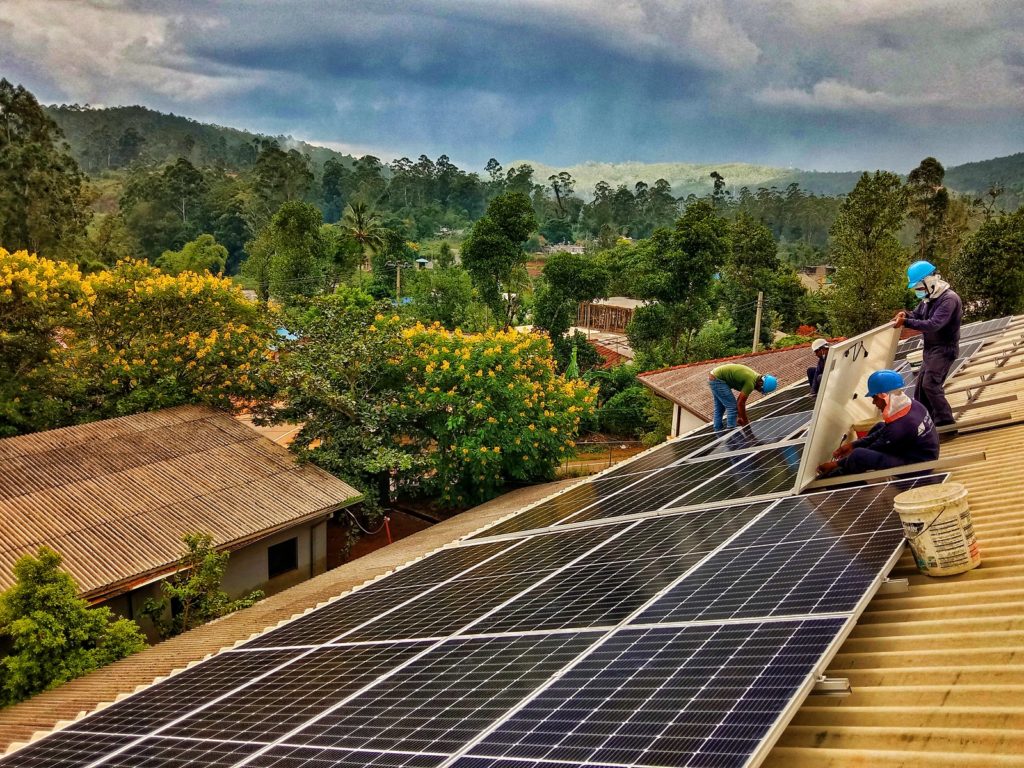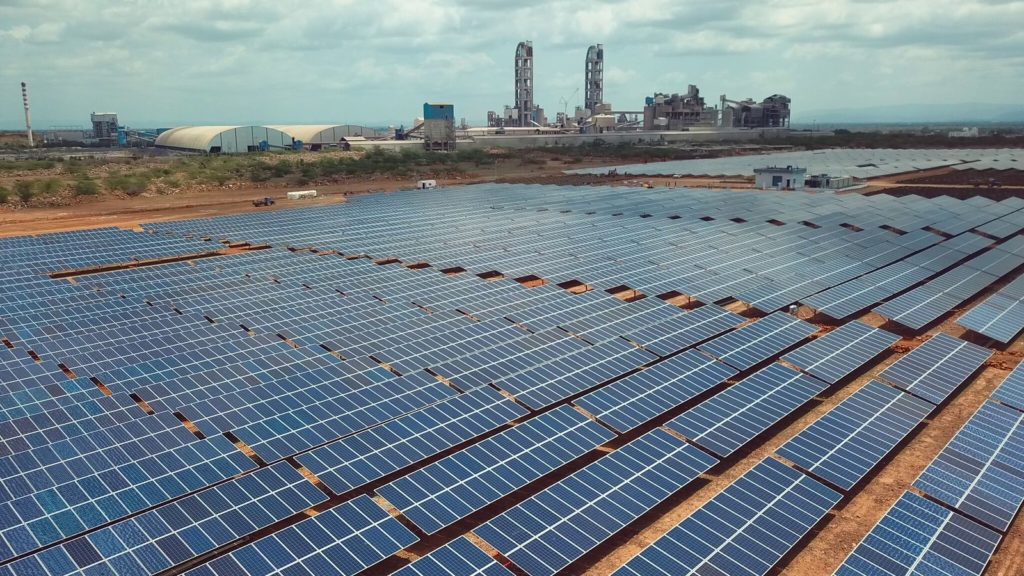The new climate investment fund became operational in May 2022, less than a year after the plans were first announced by the Norwegian government. New commitments of 2.14 billion NOK were announced during a year where the need for the fund became even greater.
“We have no time to lose in the fight against climate change. Having operationalized the new climate investment fund in record time, the money can now be put towards crucial investments in renewable energy in developing countries.”
Minister of Development Anne Beathe Tvinnereim at the launch of the fund
The Climate Investment Fund will play a central role in fulfilling the Government’s ambition to double Norway’s annual global climate financing, and in getting the maximum climate effect out of every NOK the Government allocates.
The goal is to contribute to avoiding greenhouse gas emissions, by investing in renewable energy in developing countries with large emissions from coal power and other fossil power production. Based on financed capacity and expected production, the investments made in 2022 alone are estimated to contribute to avoided emissions of 6.2mill tCO2e per year.
Norfund’s experience and network in the relevant countries has made it possible to quickly get started with the fund, which is to be capitalized with 2 billion NOK each year for the next five years.
In managing the new climate mandate, Norfund builds on 25 years of experience from having renewable energy as a core focus area for the fund.

Mandate to maximize climate impact
In December 2021, a unanimous Parliament approved the decision to set aside the first billion NOK. Amendments to the Norfund Act were proposed to the Parliament in April 2022, and the statutes of Norfund were amended at a General Assembly in May 2022, to include the management of the new fund, along with a new directive regulating the fund from the Ministry of Foreign Affairs.
Under the new climate mandate, investments will be targeted at maximizing the climate impact. The instructions for the mandate state that “The purpose of the Climate Investment Fund is to contribute to reducing or avoiding greenhouse gas emissions by investing in renewable energy in developing countries with large emissions from coal and other fossil fuel production”.
As with all Norfund’s operations, the goal is to help activate investments “that would otherwise not be made”.
Norfund’s board has adopted a strategy for the fund that sets out priories and strategic choices. Based on the selection criteria of Climate Impact, Additionality and Feasibility, it has chosen eight core countries: India, Vietnam, Philippines, Cambodia, Indonesia, Sri Lanka, Bangladesh and South Africa.
During the first year of operations, Norfund made six commitments for new investments, three in India and three in South Africa. The deals include both large scale solar, wind power plants and bio waste to energy.
Increasing need of investment in renewable energy in emerging markets
“We are in the fight of our lives, and we are losing”, was the sobering statement of United Nations secretary general Antonio Guterres at the opening of COP27 in November.
Meeting the enormous needs of emerging markets of investment in renewables to power their growth out of poverty is one of the most crucial battles in this fight.
As a recent study from Standard Chartered Bank underlines, “while developed markets emit the most and have the biggest job to do to transition their economies away from carbon by 2050… if developed markets fail to channel net-zero investment into emerging markets while working on their own transition, there will be devastating implications for the planet”.
While developed-world emissions would plateau without any efforts to further the transition, emerging market emissions would continue to rise, because of both economic and population growth.
Emerging markets need around 94.8 trillion USD worth of additional investment to help them transition to a net-zero economy by 2060 while continuing to grow their economies, according to Standard Chartered Bank. That is greater than global GDP.
In renewable energy alone, annual capital spending in developing economies needs to expand by more than seven times, to above USD 1 trillion, by the end of the 2020s, in order to put the world on track to reach net-zero emissions by 2050, according to the IEA.
The cases of India and South Africa
India and South Africa, the two countries where Norfund made investments under the climate mandate during its first year, face some of the greatest challenges.
To meet growth in electricity demand over the next twenty years, India will need to add a power system the size of the EU, making it the country with the world’s greatest need for growth in the energy sector, according to the IEA. According to BloombergNEF the country needs 233 billion USD in investment, just to meet its goals for development of wind and solar energy by 2030.
In 2022, India’s power output grew at the fastest pace in 33 years, and coal-fired power output grew by a staggering 12.4%. That also meant that emissions from power generation rose by nearly a sixth, to 1.15 billion tons, according to a Reuters analysis.
In South Africa, which accounts for around 16% of Africa’s energy consumption, coal meets around 70% of installed power generation capacity (IEA). While the country has been experiencing power outages for several years, the situation has significantly deteriorated the last year.
In November, Cyril Ramaphosa, the South Africa president, said the country needs USD 84 billion over the next five years for its plans to cut carbon emissions and speed up the energy transition.

Capital moving the wrong way
The past year has seen rapidly raised interest rates to contain persistently high inflation across the globe. In combination with global insecurity and a world moving towards more regionalisation at the expense of globalisation, this means capital seems to be moving away from emerging markets.
Within the renewables space, this tendency is further aggravated by new subsidies offered through the Inflation Reduction Act (IRA) in the United States, and existing and expected new subsidies to counter those in the EU. In emerging markets, this may make it especially hard to convince energy developers to prioritise capital to their projects, rather than projects developed in the West.
These developments all point in the direction for important role for the climate investment fund in being countercyclical and offering capital at terms that can make it possible for emerging economies to cover increasing energy needs with renewables.